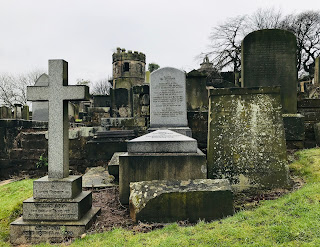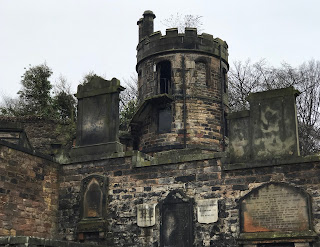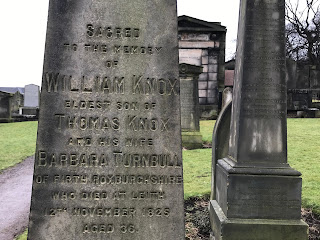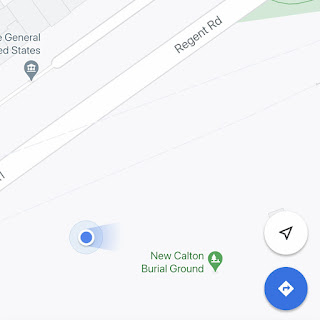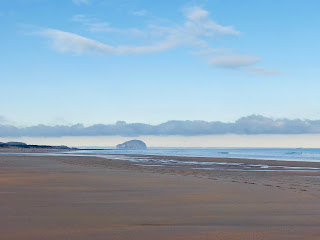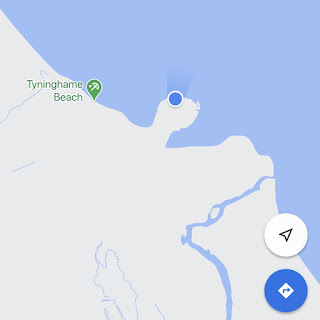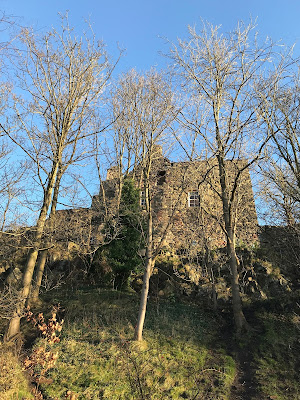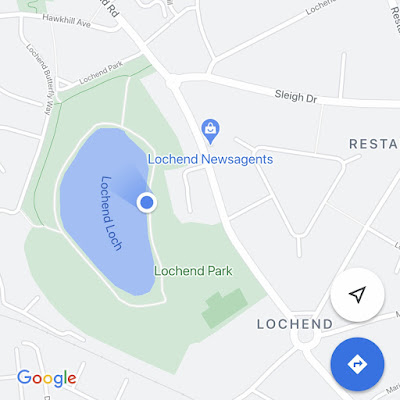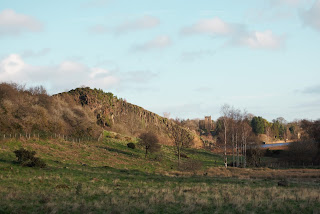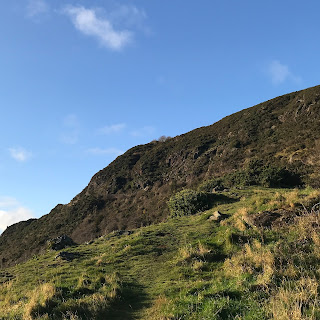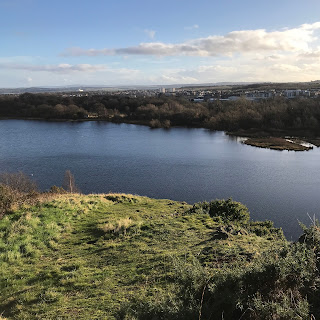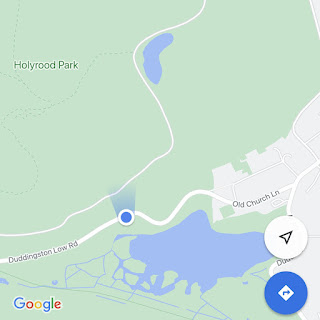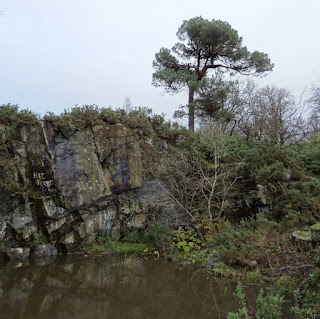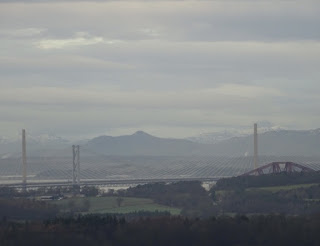I think I’ve previously mentioned that I do love a good walk around a graveyard, especially a graveyard with a bit of character. New Calton Burial Ground is just such a graveyard. Built on the slope of a hill with tiered graves and a watchtower overlooking it all, this graveyard has some spectacular views over Edinburgh. So, what better place to go on a grey, dull day to take in some of Edinburgh’s unique scenery while contemplating one’s own mortality?
Near the main entrance stands the Watchtower. This was built so that in 1820, when the cemetery opened, guard could be kept against graverobbers, or resurrectionists as they were known. Recently buried corpses were regularly stolen from their graves to feed the need for bodies at Edinburgh’s medical schools. The only bodies legally available to them at that time were those of executed criminals, and there just weren’t enough of those to go round. So, a trade in illegally acquired bodies developed. Fearing that their relatives, or indeed their own bodies when they died, may end up on the dissection table, people went to extraordinary lengths to prevent this. These included extra deep burial, iron cages built over the grave and guards watching over the graveyard.
The
Watchtower was later used as a house and was occupied as such until around
1955. Despite it being tiny, at one time
it was occupied by a family of ten. The
building is now derelict and in a state of disrepair. It is on the Buildings at Risk Register.
There
are several notable people buried in the graveyard, such as a couple of the
Lighthouse Stevensons and William Dick, the founder of the Dick Vet College in
Edinburgh. Another of the worthies whose
bones lie mouldering here is the poet William Knox. Little known nowadays, he wrote one of
Abraham Lincoln’s favourite poems – Mortality.
Knox, who was seemingly related to the Presbyterian killjoy preacher John
Knox, was quite unlike his austere relative and led a rather intemperate life. He was seemingly a very jovial and much liked
bloke, with many friends. However, he
was a heavy drinker who like many alcoholics found it difficult to manage his
money and his day to day life. His
drinking destroyed his health and he died of a ‘paralytic stroke’ at the age of
36 on 12 November 1825.
For your delectation here is Knox’s poem
Mortality in full. It’s a lovely piece
of over the top morbidity – perfect for an old Goth like me. Enjoy –
MORTALITY
O why should the spirit of mortal be
proud!
Like a fast flitting meteor, a fast flying cloud,
A flash of the lightning, a break of the wave –
He passes from life to his rest in the grave.
The leaves of the oak and the willow
shall fade,
Be scattered around and together be laid;
As the young and the old, and the low and the high,
Shall moulder to dust, and together shall lie.
The child that a mother attended and
loved,
The mother that infant’s affection that proved,
The husband that mother and infant that blest,
Each – all are away to their dwelling of rest.
The maid on whose cheek, on whose brow,
in whose eye,
Shone beauty and pleasure – her triumphs are by:
And the memory of those that beloved her and praised,
And alike from the minds of the living erased.
The hand of the king that the sceptre
hath borne,
The brow of the priest that the mitre hath worn,
The eye of the sage, and the heart of the brave,
Are hidden and lost in the depths of the grave.
The peasant whose lot was to sow and to
reap,
The herdsman who climbed with his goats to the steep,
The beggar that wandered in search of his bread,
Have faded away like the grass that we tread.
The saint that enjoyed the communion of
Heaven,
The sinner that dared to remain unforgiven,
The wise and the foolish, the guilty and just,
Have quietly mingled their bones in the dust.
So the multitude goes – like the flower
and the weed
That wither away to let others succeed;
So the multitude comes – even those we behold,
To repeat every tale that hath often been told.
For we are the same things that our
fathers have been,
We see the same sights that our fathers have seen,
We drink the same stream, and we feel the same sun,
And we run the same course that our fathers have run.
The thoughts we are thinking our fathers
would think,
From the death we are shrinking from they too would shrink,
To the life we are clinging to, they too would cling –
But it speeds from the earth like a bird on the wing.
They loved – but their story we cannot
unfold;
They scorned – but the heart of the haughty is cold;
They grieved – but no wail from their slumbers may come;
They joyed – but the voice of their gladness is dumb.
They died – ay, they died! and we, things
that are now,
Who walk on the turf that lies over their brow,
Who make in their dwellings a transient abode,
Meet the changes they met on their pilgrimage road.
Yea, hope and despondence, and pleasure
and pain,
Are mingled together like sunshine and rain:
And the smile and the tear, and the song and the dirge,
Still follow each other like surge upon surge.
‘Tis the twink of an eye, ’tis the
draught of a breath,
From the blossom of health to the paleness of death,
From the gilded saloon to the bier and the shroud –
O why should the spirit of mortal be proud!
I left the Skulferatu that accompanied
me on today’s walk in a hollow in a tree near the top of the graveyard.
The coordinates for the location of the Skulferatu
are:
Latitude 55.953664
Longitude -3.177293
